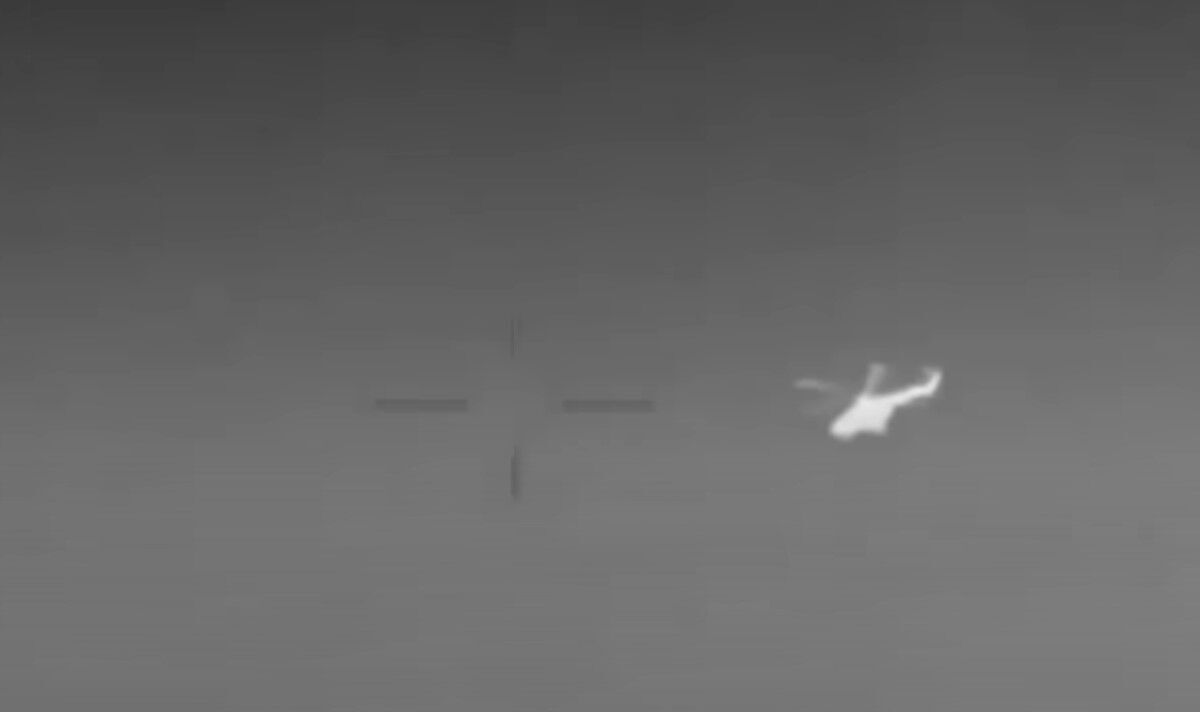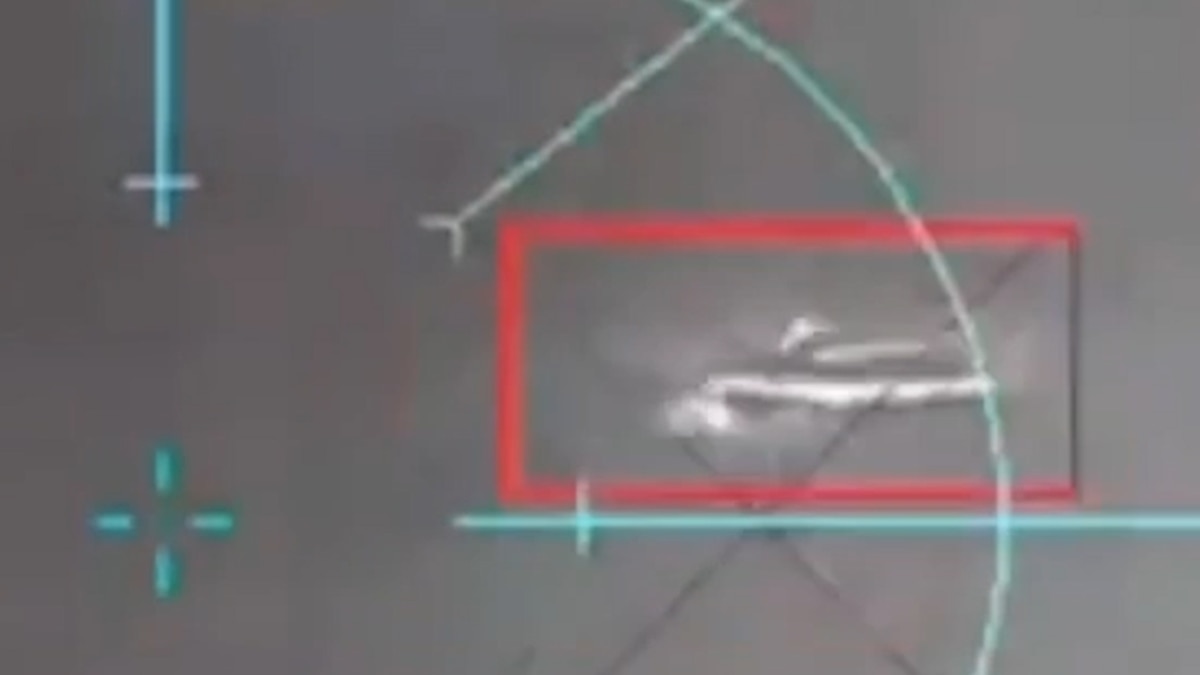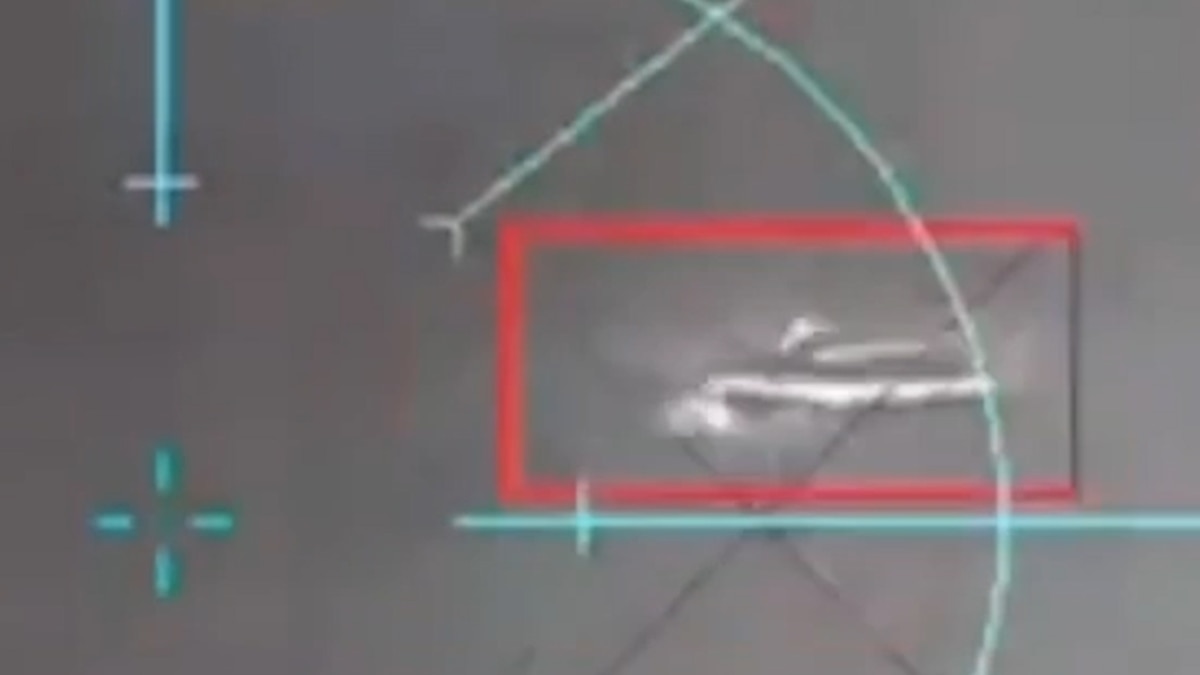Ukrainian sea drones are rapidly changing naval warfare. These unmanned vessels, ranging from small, expendable craft to more sophisticated autonomous systems, are proving surprisingly effective against larger, more expensive warships. This exploration delves into their design, deployment strategies, impact on the conflict, and the technological advancements shaping their future.
We’ll examine the technical specifications of various Ukrainian sea drone models, comparing their capabilities to those of other nations. We’ll also discuss the tactical implications of their use, analyzing successful and unsuccessful deployments and exploring countermeasures employed by opposing forces. Finally, we’ll consider the broader international legal and ethical implications of this evolving technology.
Ukrainian Sea Drone Technology
Ukraine’s utilization of sea drones in the ongoing conflict has significantly altered naval warfare tactics. These unmanned vessels, relatively inexpensive yet surprisingly effective, have proven capable of inflicting substantial damage on significantly larger and more expensive warships. This article delves into the technical specifications, operational deployments, impact, and future potential of these innovative weapons systems, also considering countermeasures and the broader international implications.
Technical Specifications of Ukrainian Sea Drones

Several types of Ukrainian sea drones are currently in use, varying in size, payload, and range. Information regarding precise specifications is often scarce due to operational security concerns, but based on available reports and analyses, a general overview can be provided. These drones are generally characterized by their modular design, allowing for adaptation to different mission profiles.
Many utilize relatively simple, readily available components for construction, making them easier and cheaper to produce in large numbers. Common materials include fiberglass reinforced polymers for the hull, providing a balance of strength and lightweight construction. However, this can be a weakness against heavier impacts or sophisticated weaponry. Propulsion systems often involve electric motors powered by batteries, offering quiet operation but limiting range and speed compared to other technologies.
The payloads are typically shaped charges or explosives, designed for maximum impact against targeted vessels.
Compared to sea drones from other nations, Ukrainian models are often characterized by their relatively smaller size and lower cost, reflecting a focus on quantity over individual sophistication. However, their effectiveness in achieving strategic objectives has proven their worth.
Ukrainian sea drones are proving surprisingly effective, showcasing the potential of smaller, autonomous naval platforms. Think about how that tech could evolve – imagine the sheer scale of a coordinated drone display, like the one you’ll find at the shanghai drone show 2053 , but on water instead of in the air. The miniaturization and swarm capabilities seen in both aerial and naval drones are key to future warfare and civilian applications alike.
| Drone Type (Illustrative) | Speed (knots) | Range (nautical miles) | Payload (kg) |
|---|---|---|---|
| Small Attack Drone | 10-15 | 30-50 | 50-100 |
| Medium Reconnaissance Drone | 5-10 | 100-150 | 10-20 |
| Large Assault Drone (Hypothetical) | 20-25 | 200+ | 200+ |
Operational Deployment and Tactics
Ukrainian sea drones are deployed using various methods, adapting to the specific operational environment and target. The flexibility in deployment contributes to their effectiveness.
- Launch from shore-based facilities
- Deployment from smaller vessels, such as civilian boats
- Concealed deployment from underwater locations
Tactically, these drones offer several advantages. Their low cost allows for saturation attacks, overwhelming enemy defenses. Their quiet operation enhances stealth, increasing the likelihood of successful attacks. However, their limited range and vulnerability to countermeasures pose significant disadvantages. Successful deployments have been reported against various Russian naval assets, showcasing their effectiveness in disrupting operations and inflicting damage.
Unsuccessful deployments are often attributed to detection and neutralization by enemy countermeasures.
Impact and Effectiveness
The impact of Ukrainian sea drones on naval operations has been significant. They have demonstrably damaged or destroyed several Russian warships and support vessels, disrupting supply lines and operations in the Black Sea. Specific instances include attacks on the RFS Serna and other support vessels, highlighting their ability to inflict damage on larger targets. However, limitations exist. Their vulnerability to countermeasures and their limited payload capacity restrict their overall effectiveness.
Challenges include maintaining operational secrecy and countering technological advancements in enemy defenses.
Technological Advancements and Future Development, Ukrainian sea drone

Future iterations of Ukrainian sea drones could incorporate several technological improvements. Increased range and speed through enhanced propulsion systems are key areas for development. Improved onboard sensors and AI-driven targeting systems would enhance their effectiveness. More resilient materials and advanced countermeasure systems could improve survivability.
A hypothetical future sea drone, designated the “Neptune-X,” could boast a range of 300 nautical miles, a speed of 30 knots, and a payload capacity of 500 kg. It could incorporate advanced AI for autonomous navigation and target acquisition, as well as improved stealth capabilities through advanced materials and noise reduction technologies.
| Feature | Current Ukrainian Drones | Neptune-X (Hypothetical) | Future Autonomous Naval Technology (Projected) |
|---|---|---|---|
| Range | 30-150 nautical miles | 300 nautical miles | 500+ nautical miles |
| Speed | 5-15 knots | 30 knots | 40+ knots |
| Payload | 50-200 kg | 500 kg | 1000+ kg |
Countermeasures and Defense Strategies

Opposing forces employ various countermeasures against Ukrainian sea drones. Sonar, radar, and electronic warfare systems are used for detection and neutralization. Anti-drone weapons, including directed energy weapons, are also deployed. The effectiveness of these countermeasures varies, with some drones successfully evading detection and inflicting damage.
Improvements to Ukrainian sea drone technology could focus on enhanced stealth capabilities, improved countermeasure systems, and the incorporation of decoy technology to confuse enemy defenses. Advanced materials and innovative designs could further enhance survivability.
International Implications and Legal Aspects
The use of sea drones in warfare raises several international legal and ethical considerations. The autonomous nature of these weapons systems presents challenges to the laws of armed conflict, particularly regarding accountability and proportionality of force. The potential for escalation and the risk of unintended consequences are also significant concerns. The widespread adoption of sea drone technology could fundamentally alter naval doctrine and international relations, necessitating the development of new international norms and regulations.
Wrap-Up
Ukrainian sea drones represent a significant shift in naval power dynamics. Their cost-effectiveness, adaptability, and surprising effectiveness challenge traditional naval strategies. While countermeasures exist, the ongoing development and refinement of these unmanned systems promise to further alter the future of maritime conflict. The impact extends beyond the current conflict, raising crucial questions about international law, autonomous weapons, and the future of naval warfare itself.
Ukraine’s naval capabilities have been significantly boosted by the innovative use of sea drones. These unmanned vessels are proving surprisingly effective in disrupting Russian naval operations. For more detailed information on their design and deployment, check out this informative article on ukrainian sea drone technology. Understanding these drones is key to grasping Ukraine’s evolving naval strategy.
Questions and Answers
How are Ukrainian sea drones powered?
Various propulsion systems are used, including electric motors, possibly fueled by batteries or fuel cells. Specific details are often kept classified.
What is the typical payload of a Ukrainian sea drone?
This varies greatly depending on the drone’s size and design. Payloads can range from small explosive charges to larger warheads or even reconnaissance equipment.
Are Ukrainian sea drones fully autonomous?
Ukrainian sea drones are making waves, showcasing impressive autonomous capabilities. Think of the precision and coordination needed – it’s a similar level of technological sophistication to what you see in a massive drone light show, like the amazing china new year’s drone show , only instead of dazzling patterns, these drones are designed for strategic naval operations. The advancements in both areas highlight the evolving role of unmanned technology in both entertainment and warfare.
The level of autonomy varies. Some may be pre-programmed with waypoints, while others may require more direct human control or a combination of both.
What materials are used in their construction?
Common materials include fiberglass, composites, and various metals, chosen for their strength, weight, and resistance to saltwater corrosion.
